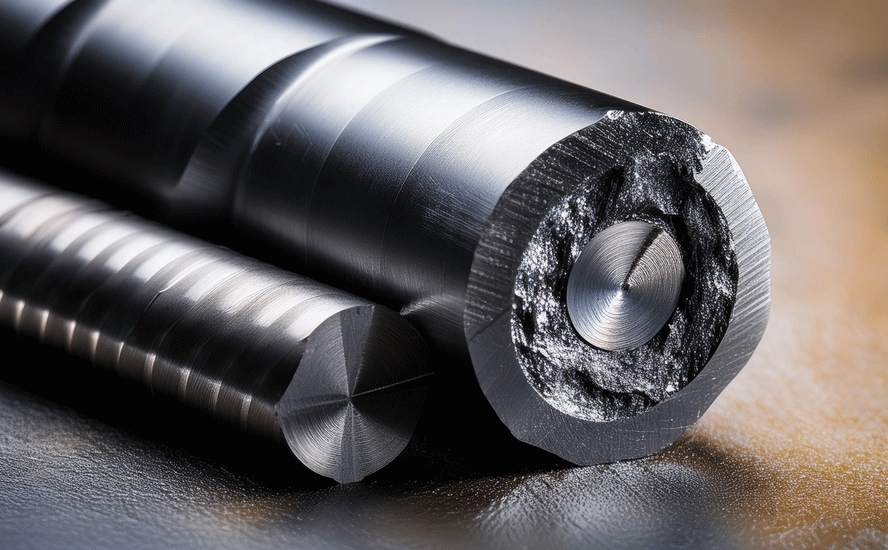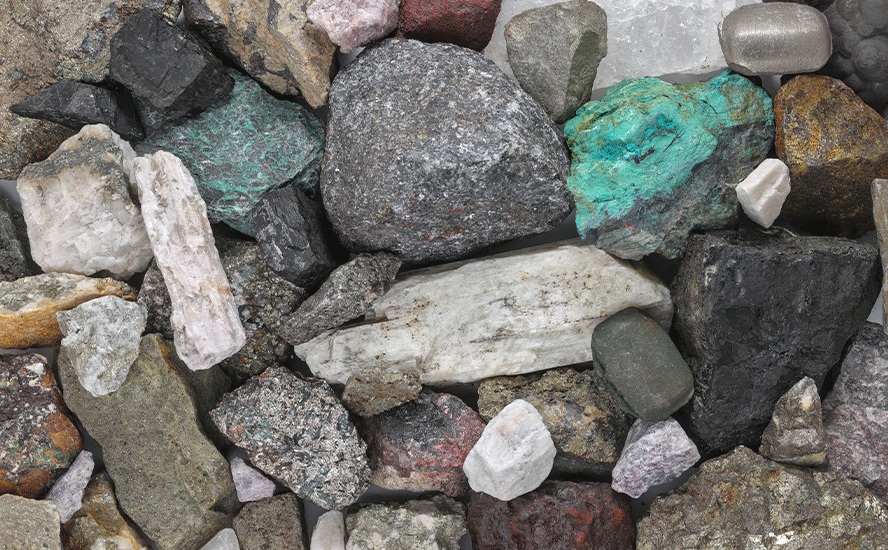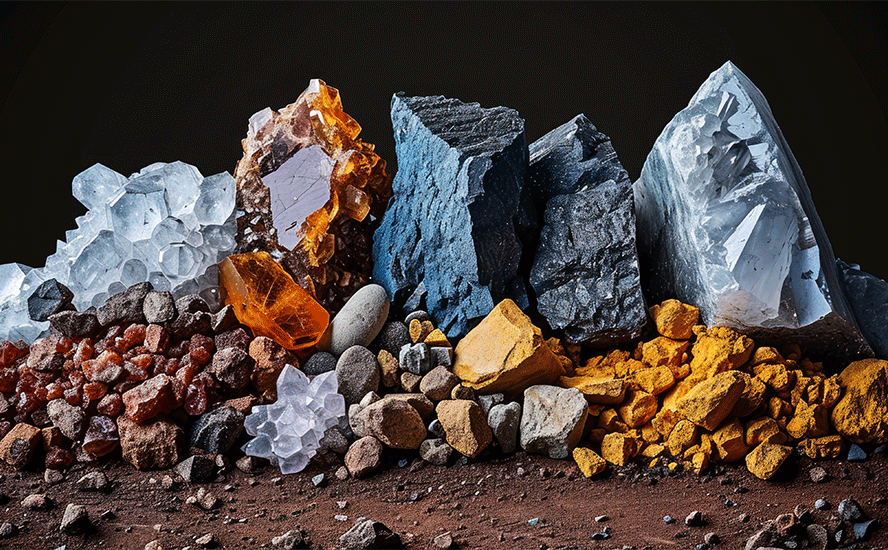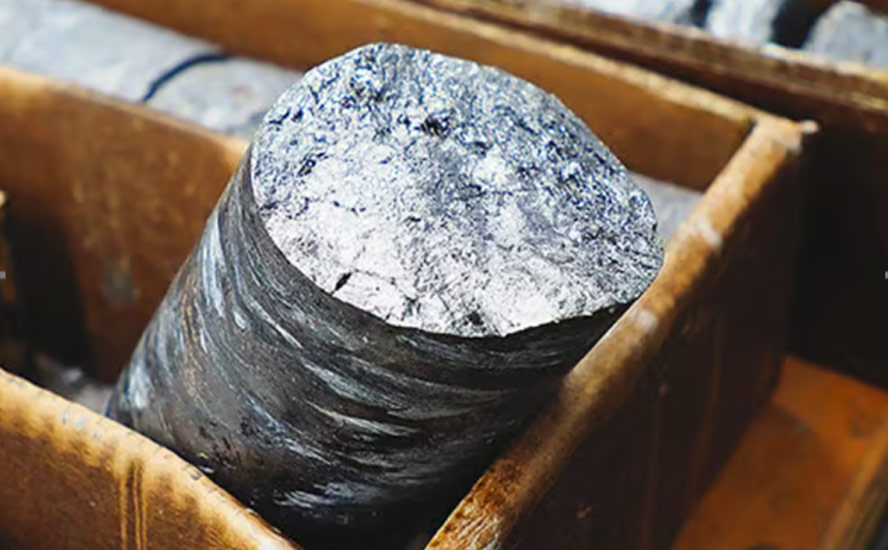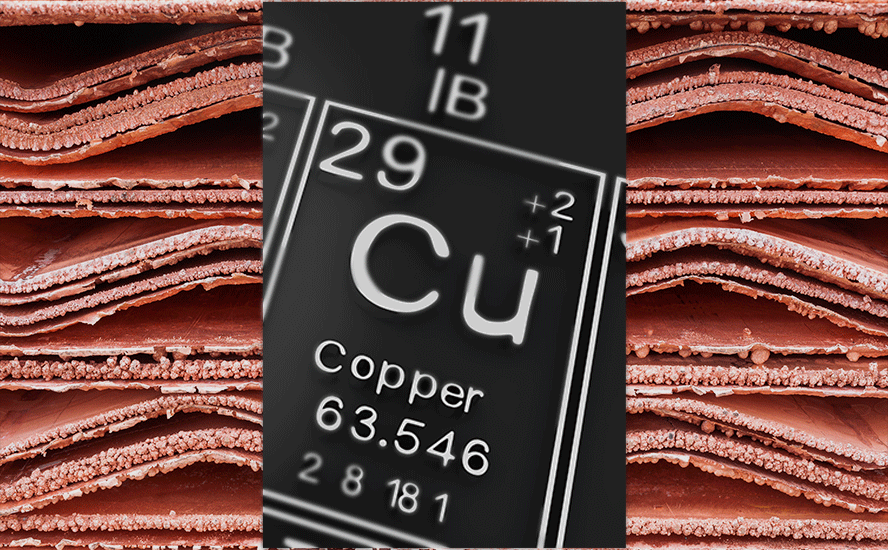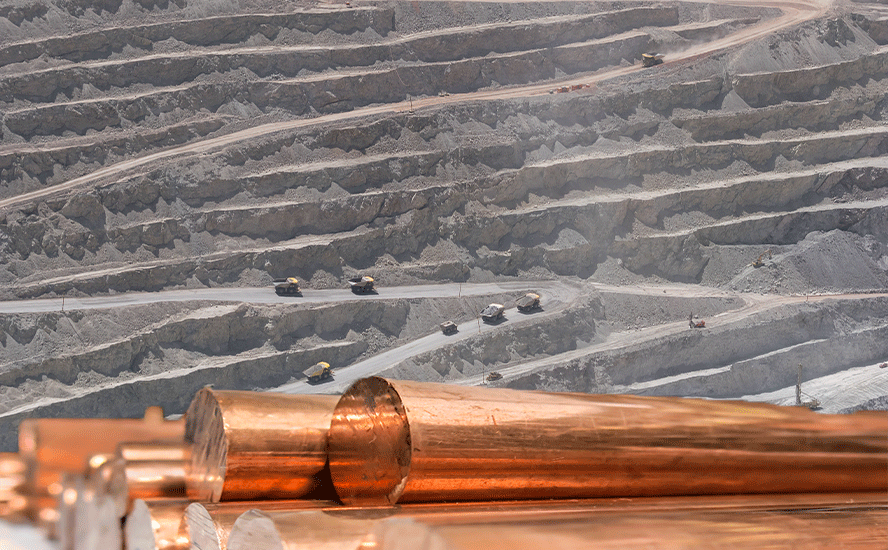Core Assets identifies new copper outcrop at Laverdiere Cu-Fe skarn-porphyry target
2022.04.15
BC-focused explorer Core Assets (CSE:CC, OTC.QB: CCOOF, Frankfurt: 5RJ),currently advancing the province’s most northerly, district-scale porphyry asset, has delivered another update on exploration efforts at the company’s flagship Blue property.
In March, results came in from six “backpack” drill holes completed during Phase 2 exploration at the Sulphide City (Whaleback) and Jackie targets, following up on its recent release of rock sampling assays.
Last week, CC announced the discovery of a new copper occurrence exposed at surface, observed during a property accessibility assessment carried out in late March at the Laverdiere project. Located on the eastern end of the Blue property, the historical copper-iron skarn-porphyry target is about a 45-minute snowmobile ride from the town of Atlin, BC.
Blue property
Core Assets’ Blue property commands 1,083 km² of district-scale land position in British Columbia’s prolific Atlin mining district. It is located 48 km southwest of Atlin at the bottom of Atlin lake and Tagish Lake, providing cost-effective exploration mobilization and potential low-cost ore transportation.
The project geologically is in the Stikine Terrane, host to some of the province’s most significant projects such as Teck Resources’ Schaft Creek and Galore Creek, and Newmont’s Tatogga (see map below).

A significant feature of this region is the abundance of carbonate replacement deposits (CRD). These deposits are polymetallic, which implies that they have various metals in them such as copper, gold, silver, lead, manganese and zinc. The mineralogy depends on the distance from the intrusive rock.
CRDs are epigenetic, meaning they are produced on or near the Earth’s surface, usually through a “replacement process”, hence the name. CRDs are remarkably similar in terms of their mineralogy and the formation of crystals, regardless of where they are in the world.
For instance, a CRD deposit found in China would have a very similar mixture of minerals as it would in Mexico.
The similarities in mineralization are so closely related that it helps create a geologic link between the deposits and highlights a clear proximity to large porphyry systems.
Many CRDs today are characterized by high grades (up to 1,500 g/t Ag, 25% Pb and Zn, and 5% Cu), bulk tonnage (up to 150Mt), low mining costs and minimal environmental footprint.
Evidently, the CRD geological model has been responsible for many of the world’s major discoveries, such as Newmont’s Peñasquito mine in Mexico and the Resolution Copper joint venture in Arizona held by Rio Tinto and BHP.
Comparison to Bingham Canyon
Preliminary results from the Blue property indicate that it follows the “hub & spoke” model similar to one of the largest CRD-porphyry deposits in the world: Bingham Canyon.

Bingham Canyon, also known as the Kennecott copper mine, is one of the world’s biggest open-pit copper operations. Opened in 1906, it has produced more copper than any other in history (17Mt). The mine is located near Salt Lake City, Utah, and is 100% owned by Rio Tinto.
Bingham Canyon represents a classic copper porphyry orebody that is not only huge but also enjoys a fairly uniform distribution of sulfide mineralization, mainly chalcopyrite.
As of December 31, 2020, the mine had proven and probable reserves of 552Mt, @ 0.44% Cu, 0.16 g/t Au, 0.031% Mo and 2.11 g/t Ag.


As shown in the schematic above, Bingham’s “hub” is the porphyry copper zone in red, with the “spokes” extending out 1.5 km, to a series of Pb-Zn-Ag mantos, and a copper skarn zone.
Similarly, residual magnetics at Blue show the potential porphyry “hub” in dark purple, with the “spokes,” consisting of the Silver Lime manto. Channel sampling in this area has returned “off the charts” grades including 4,870 g/t silver, >25% lead and >25% zinc.
2021 Discovery Zone
2021 exploration at the Silver Lime discovery area defined one manto, Grizzly, which has two sub-parallel Zn-Pb-Ag-Cu rich carbonate replacement manto zones sampled over a strike length of >500m with widths >5m.
Assay values from 44 samples from Grizzly returned averages of 8.2% Zn, 1.8% Pb, 0.40% Cu and 110 g/t Ag. The mineralization remains open in both directions along strike and at depth (see figure below).

What’s intriguing about the Grizzly manto is its striking resemblance to South32’s Taylor deposit in Arizona. They both exhibit the same age limestone base, silica cap and altered volcanics, over a similar strike length (~400m).
The 2021 Discovery Zone (Grizzly, Sulphide City and Amp targets) combined with the Silver Lime prospect (Jackie target) currently defines an area of tight, high-grade carbonate replacement (CRM) and skarn mineralization within a broad mineralized corridor that remains open.
This area extends out 6.6 km from the potential porphyry hub (the newly defined “spokes” are seen below as dotted black lines), stretching over a 1.8 km-wide distance.

Unlike vein-hosted deposits, carbonate replacement deposits typically manifest as continuous sulfide bodies over multi-kilometer scales that broaden with depth and demonstrate continuity back to the source. Hence, all dots should be connected in the subsurface, and that’s what Core Assets aims to test this year.
2022 exploration
Exploration to date has indicated the presence of a large and well-endowed carbonate replacement system on the Blue property. Samples taken last year from these “spokes” within the Silver Lime discovery area returned values up to 9.92% Cu, 2,020 g/t Ag, >30% Zn, >20% Pb and 6.75 g/t Au.
Rock sampling results (February 2022) from several carbonate replacement and skarn, massive to semi-massive sulfide occurrences at the Sulphide City and Grizzly targets contained values up to 406 g/t Ag, 11.8% Cu, >20% Pb and 15.45% Zn.
The results from backpack drilling further strengthened the company’s belief that these occurrences exhibit grade consistency and continuity over shallow depths as well as along surface.
To the news this week, Core Assets has confirmed the existence of outcropping copper-iron mineralization between historical adits (entrances to old mines) during a visit to the Laverdiere project in late March via snowmobile.

Multiple unsampled exposures of magnetic, copper-stained lithologies were identified along a 3.9-kilometer mineralized corridor coinciding with the Llewellyn Fault. The identified rock units consisted of medium-grained granodiorite and fine-grained Cu-Fe skarn mineralization hosted in marble, as shown in Figure 3 below.


The mineralization was described in further detail by Core:
The granodiorite unit exhibits locally intense potassic alteration in the form of potassium feldspar and shreddy, fine-grained biotite after hornblende. This lithology also contains minor fine-grained, disseminated chalcopyrite and magnetite (locally altered to hematite) throughout, with more generous amounts of disseminated chalcopyrite and malachite staining observed along internal fractures. Representative Cu-Fe Skarn samples are composed of fine- to very fine-grained magnetite with abundant malachite staining and traces of disseminated chalcopyrite.
Both rock units were reportedly intersected during historical drilling in 1971, with the most significant result being 46 meters of 1.76% Cu from surface. Additionally, chalcopyrite and molybdenite mineralization hosted in potassic-altered granodiorite was observed at the bottom of three out of the five drill holes completed. HC-5, the deepest drill hole completed by Hobo Creek Copper Mines that season, intersected 65 meters of potassic altered granodiorite and an increase in sulfide mineralization was noted with increasing depth. Assay values ranged from 0.20% to 0.51% Cu between 111 and 118 meters depth at the end of the hole, indicating the presence of a Cu-Mo porphyry link to the high-grade Cu-Fe skarn mineralization at the Laverdiere project.
“Visiting the Blue Property in late March was a game changer. We now have a better understanding of how easily accessible the Property is during winter months. The Laverdiere Project was reached effortlessly via a 45-minute snowmobile trip from Atlin, demonstrating how cost-effective mobilizing materials to the Blue Property will be during consecutive exploration programs,” Core Assets’ President and CEO Nick Rodway said in the news release dated April 6.
The company expects an early June start to the 2022 diamond drill program, with geophysical interpretations and drill targeting for both the Laverdiere and Silver Lime projects (including the Jackie target and the 2021 Discovery Zone) currently underway.
A $1.56 million cash infusion, resulting from the exercise of share purchase warrants issued with a 2021 private placement, boosts Core Assets’ treasury to nearly $4 million, fully funding the company for the 2022 exploration program.
We’re expecting plenty of news flow once the drills start turning.
Core Assets Corp.
CSE:CC, OTC.QB: CCOOF, Frankfurt: 5RJ
Cdn.$0.72, 2022.04.13
Shares Outstanding 73.8m
Market cap Cdn$41.9m
CC website
Richard (Rick) Mills
aheadoftheherd.com
subscribe to my free newsletter
Legal Notice / Disclaimer
Ahead of the Herd newsletter, aheadoftheherd.com, hereafter known as AOTH.
Please read the entire Disclaimer carefully before you use this website or read the newsletter. If you do not agree to all the AOTH/Richard Mills Disclaimer, do not access/read this website/newsletter/article, or any of its pages. By reading/using this AOTH/Richard Mills website/newsletter/article, and whether you actually read this Disclaimer, you are deemed to have accepted it.
Any AOTH/Richard Mills document is not, and should not be, construed as an offer to sell or the solicitation of an offer to purchase or subscribe for any investment.
AOTH/Richard Mills has based this document on information obtained from sources he believes to be reliable, but which has not been independently verified.
AOTH/Richard Mills makes no guarantee, representation or warranty and accepts no responsibility or liability as to its accuracy or completeness.
Expressions of opinion are those of AOTH/Richard Mills only and are subject to change without notice.
AOTH/Richard Mills assumes no warranty, liability or guarantee for the current relevance, correctness or completeness of any information provided within this Report and will not be held liable for the consequence of reliance upon any opinion or statement contained herein or any omission.
Furthermore, AOTH/Richard Mills assumes no liability for any direct or indirect loss or damage for lost profit, which you may incur as a result of the use and existence of the information provided within this AOTH/Richard Mills Report.
You agree that by reading AOTH/Richard Mills articles, you are acting at your OWN RISK. In no event should AOTH/Richard Mills liable for any direct or indirect trading losses caused by any information contained in AOTH/Richard Mills articles. Information in AOTH/Richard Mills articles is not an offer to sell or a solicitation of an offer to buy any security. AOTH/Richard Mills is not suggesting the transacting of any financial instruments.
Our publications are not a recommendation to buy or sell a security – no information posted on this site is to be considered investment advice or a recommendation to do anything involving finance or money aside from performing your own due diligence and consulting with your personal registered broker/financial advisor.
AOTH/Richard Mills recommends that before investing in any securities, you consult with a professional financial planner or advisor, and that you should conduct a complete and independent investigation before investing in any security after prudent consideration of all pertinent risks. Ahead of the Herd is not a registered broker, dealer, analyst, or advisor. We hold no investment licenses and may not sell, offer to sell, or offer to buy any security.
Richard does not own shares of Core Assets (CSE: CC). CC is a paid advertiser on his site aheadoftheherd.com
Legal Notice / Disclaimer
Ahead of the Herd newsletter, aheadoftheherd.com, hereafter known as AOTH.Please read the entire Disclaimer carefully before you use this website or read the newsletter. If you do not agree to all the AOTH/Richard Mills Disclaimer, do not access/read this website/newsletter/article, or any of its pages. By reading/using this AOTH/Richard Mills website/newsletter/article, and whether you actually read this Disclaimer, you are deemed to have accepted it.




